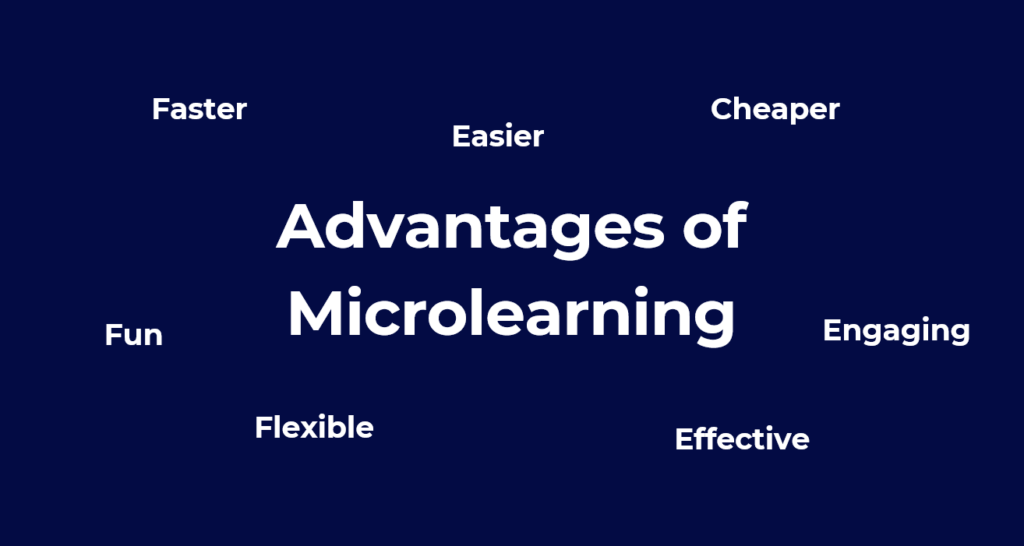
Alexander Harutunian is the founder of the company «15min», which represents iSpring LMS in Armenia and also provides digital course conversion services.
The topic of this article is microlearning. We specialize in the format of micro-education, hence our name. And in this article, we will share our observations on how this new learning concept can affect corporate culture.
Introduction
First, let’s get a better understanding of what microlearning is. The best example is the Duolingo program. All my family members are using Duolingo. Bite size language training every day and consistency allow you to learn a new language.
So, microlearning is undeniably simpler, exciting and convenient. It works for a personal trainings. But the question we want to address today is how microlearning can be used in organization. How does microlearning fits into the regular processes. Can it become a part of organization culture?


1. Learning mobility
In microlearning, we divide the topic into small modules: 5-10 minutes each. Those can be accessed everywhere, so people are not bound to any location or any device. It can be done on the phone, in transport, et cetera. Also, because we have such a granulation, the courses can be tailored to the role. For example, all staff can have the same IT security course, but the accountants will have an additional module on their accounting program.
And surveys showed that 80% of employees favour microlearning over conventional learning. This is a good start, meaning that we will get positive
feedback from employees as well.
TIP! Like in all forms of distance learning, interactions are important in microlearning. If the course does not require constant action from the listener, they will most probably fall asleep, no matter how micro your course is.
2. Healthy competition
People are different and their learning pace, — the time they need to get into the subject– is also different. So, what happens in other trainings, some people get out of the training and they are not engaged anymore if the pace is too fast or too slow. Microlearning allows learners to choose their own pace. Engagement is important. So, microlearning increases the engagement in the training.
An important part of distant, software enabled learning is gamification. Contrary to the name, it has nothing to do with games. It is a concept that describes elements of competition, such as the top charts, leaderboards, and other incentives that force learners to strive to become the best.
3. Content
Finaly, microlearning, because it is very easy to prepare with existing tools, allows experts to prepare small trainings and pass knowledge to the staff. Managers and leaders can pass their vision to their teams and peers. Instead of keeping that in their mind or talking during long meetings, it can be disseminated among the people electronically, right in their mobile phones.
Similarly, microlearning allows you to keep your processes updated. How? You can keep your policies directly in your microlearning device. You just write the policies directly in the learning tool in a form of micro learning module.
Instead of collecting dust, your policies are in the employee’s pocket and constantly updated.
There is something to remember here: in preparing the courses, especially when those are done by non-professionals, we need maintain a certain level of quality. This profession is called instructional design and it has its rules and guidelines.
All above, if properly implemented, aligns the skills, vision and rules within the organization. It will unite employees around a common goal and become part of the corporate culture.
According to our observations, microlearning is not just learning, it is a communication layer. Communication comes from the Latin word «commune» means joining together people. And microlearning is a perfect layer for communication.
Article author: Alexander Harutunian
DisruptHR Yerevan 2024

